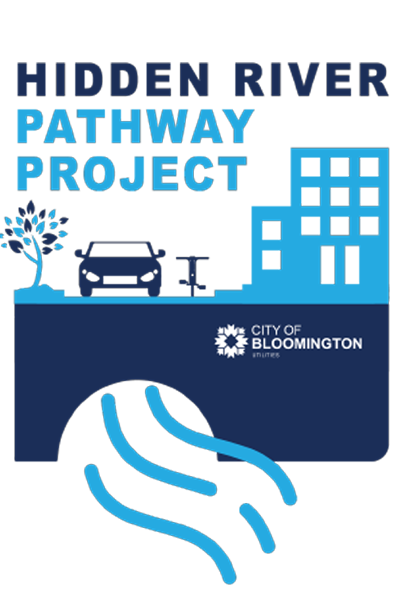Page last updated on June 24, 2025 at 12:44 pm

Did you know there is a river under downtown Bloomington? Miles of culverts under downtown Bloomington carry the Campus River from Dunn Meadow at Indiana Avenue to 1st Street and College Avenue, where it reappears as Clear Creek (see map).

- PRESS RELEASE 2.05.24: Milestone Begins Clear Creek Culvert Reconstruction Project with CBU
- 11/09/2023 presentation from the project engineer Etica Group
- Hydraulic Analysis of Clear Creek in Downtown Bloomington
- PRESS RELEASE 10.21.22: Hidden River Pathway Project Substantially Completed Ahead of Schedule
- PRESS RELEASE 2.10.21: Hidden River Pathway Project Gets Underway to Reconstruct Downtown Stormwater Infrastructure
How can I find out more and see updates?
See the latest information on Facebook, Twitter, and Nextdoor.
Please contact CBU at our 24-hour number if you have any questions or concerns! 812-339-1444.
